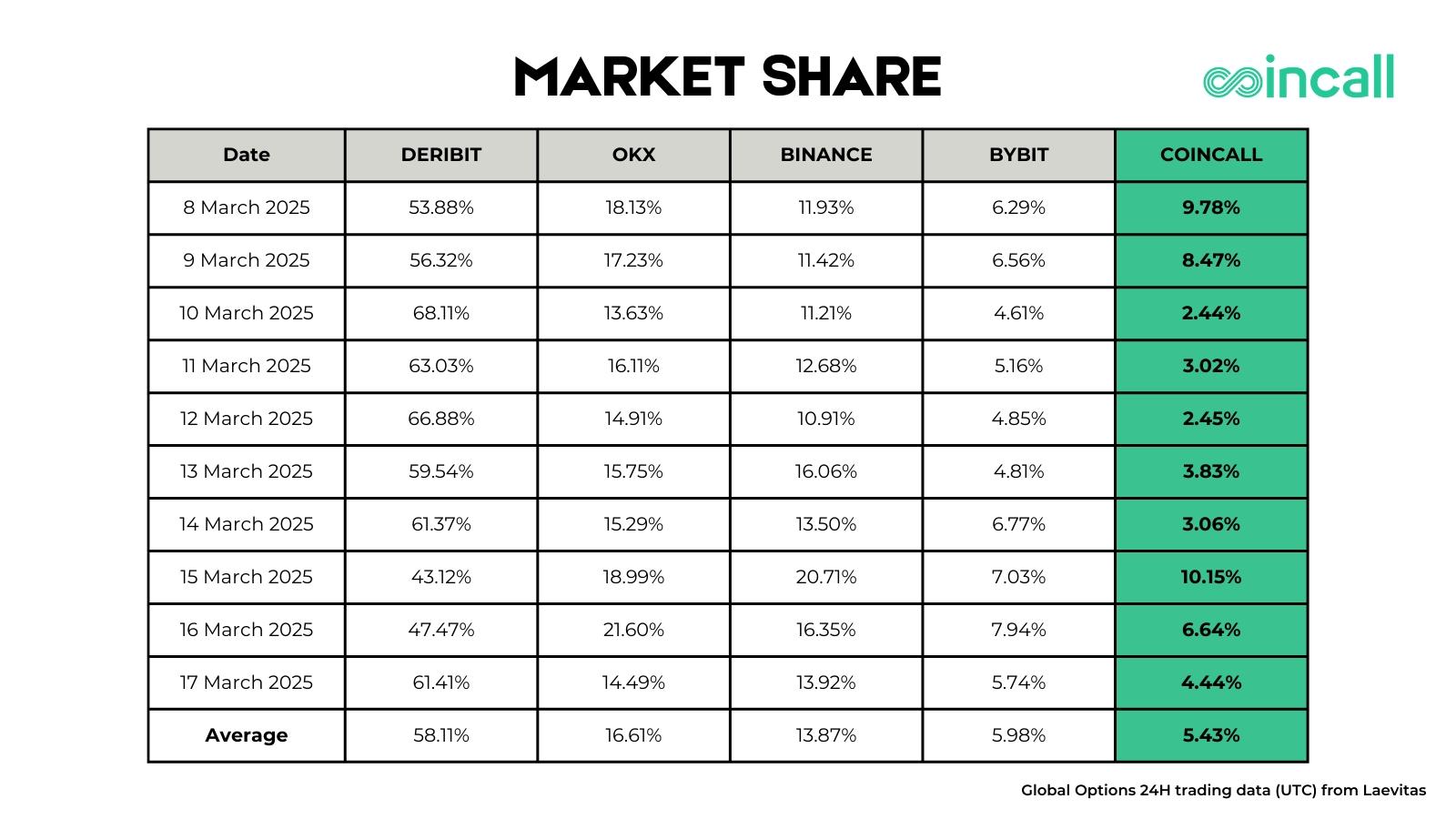Millions of Americans who rely on Supplemental Nutrition Assistance Program, or SNAP benefits, will receive less money for food starting in March.
SNAP benefits, commonly known as food stamps, received a boost three years ago as part of a pandemic-era emergency allotment.
But these extra benefits — which gave recipients an average of $95 or more a month to buy groceries — are set to expire in March under a new government spending bill.
How Are SNAP Benefits Changing?
For nearly three years, emergency allotments allowed all SNAP households to receive an additional $95 per month, or the maximum benefit amount for their household size, whichever was greater.
Residents in some states have already seen their benefits cut. Thirty-two states plus the District of Columbia are still providing the boost, but only until March, according to the U.S. Department of Agriculture. In South Carolina, benefits return to normal this month.
Bigger benefits have already expired in these states: Alaska, Arizona, Arkansas, Florida, Georgia, Idaho, Indiana, Iowa, Kentucky, Mississippi, Missouri, Montana, Nebraska, North Dakota, South Dakota, Tennessee and Wyoming.
Impact of Smaller SNAP Benefits on the Most Vulnerable
About 41 million Americans with low-incomes received SNAP benefits in 2021, according to the Center on Budget and Policy Priorities.
More than 80% of SNAP recipients are part of a working family, a person with a severe disability or a senior citizen living on a fixed income.
Seniors on Social Security will be hit hardest by the pull back in SNAP benefits. Social Security gave recipients a record 8.7% increase this year due to inflation — but it’s a double-edged sword.
Social Security counts as income when determining SNAP eligibility, so bigger checks means seniors can expect further reductions in their SNAP benefits by March.
The news comes amid rising food prices and the end of other pandemic-era measures, including the child tax credit and universal free school meals.
“It feels like yet another example of our society punishing people for being poor,” said Mary Lee Downey, founder and CEO of The Hope Partnership, a nonprofit providing poverty alleviation services in Kissimmee, Florida.
“As these benefits disappear, we can expect to see drastic increases in families seeking services just to feed their children and keep a roof over their heads,” Downey said.
9 Ways to Save Money on Food as SNAP Benefits Expire
For the millions of Americans impacted by a drop in SNAP benefits, affording groceries is about to get even harder.
Here are 12 ways to save money on food to help stretch your budget.
1. Reach Out to a Food Pantry
Asking for help isn’t easy, but food pantries provide a legitimate way to get food for free. It may be your best option if there simply isn’t enough money in your budget anymore.
You can use this food pantry locator tool from Feeding America to find food banks in your area.
You can also call United Way’s 211 service to find other local resources.
2. Master the Art of Meal Prep
Meal prep is the best way to save money on groceries while reducing food waste at the same time. But finding time to do it can be tough.
Our tips for budget meal planning include keeping an eye on sales, shopping for specific recipes or dishes, buying what’s in season and more.
3. Get Creative With Your Food Pantry Haul
Food pantries usually provide enough food to last a week, but there’s a few ways to make it stretch longer.
You can pair cheap produce with food pantry staples like black beans and rice to create a filling meal for less than $2.
When it comes to keeping your kitchen stocked with those supplementary meal-enhancing ingredients, pick up a few items here and there when you go grocery shopping instead of buying in bulk.
4. Make Entrees That Do Double Duty
Eating the same thing for lunch and dinner isn’t exciting, but it’s a proven way to save money on food.
Check out Taste of Home’s 150 freezer casserole recipes to find meals for your family that you can use for at least two meals.
5. Find Out What Day Your Grocery Store Marks Down Items
Grocery stores usually discount items that are close to expiring on a specific day of the week. Asking a store associate what day and time they mark down items is a smart way to score discounts you won’t find in your weekly grocery store ad.
6. Get Super Cheap Food With These 2 Apps
Two apps are working to reduce food waste — and pass the savings on to you.
Too Good To Go and Flashfood connect businesses with consumers willing to purchase food near its expiration date at a steep discount.
There are tons of stories online of frugal folks finding dealssteep discounts from restaurants, bakeries and grocery stores by checking these apps, which often provide bundles of food for less than $15.
The biggest drawback about these food waste apps is they’re only available in select U.S. cities. Still, it is worth downloading them (they’re both free) to see if you can score discounted food.
7. Check High and Low on the Grocery Shelves
Next time you go to the grocery store, check the top and bottom shelves first. Grocery stores know that most people only look at the middle area, so that’s where more expensive items tend to be.
8. Consider A Meatless Monday
With meat prices higher than ever, picking just one day a week to go meat-free can cut your costs.
Try these 10 meatless Monday recipes to replace chicken, pork, beef and fish once a week, save money and stretch your meat supply.
9. Learn New Recipes That Fit Your Budget
We all need a little inspiration sometimes.
Glossy cookbooks and celebrity cooking shows are nice. But where can you actually learn to cook, in your own kitchen, on a budget?
Check out this list of seven budget food bloggers who can teach you how to cook cheap, delicious meals at home.
A chef named Frankie Celenza hosts a series called “Struggle Meals” which teaches you how to cook dishes for $2 or less per serving along with ways to save money on groceries and practical meal planning advice.
Rachel Christian is a Certified Educator in Personal Finance and a senior writer for The Penny Hoarder. She focuses on retirement, investing, taxes and life insurance.
Credit: Source link














